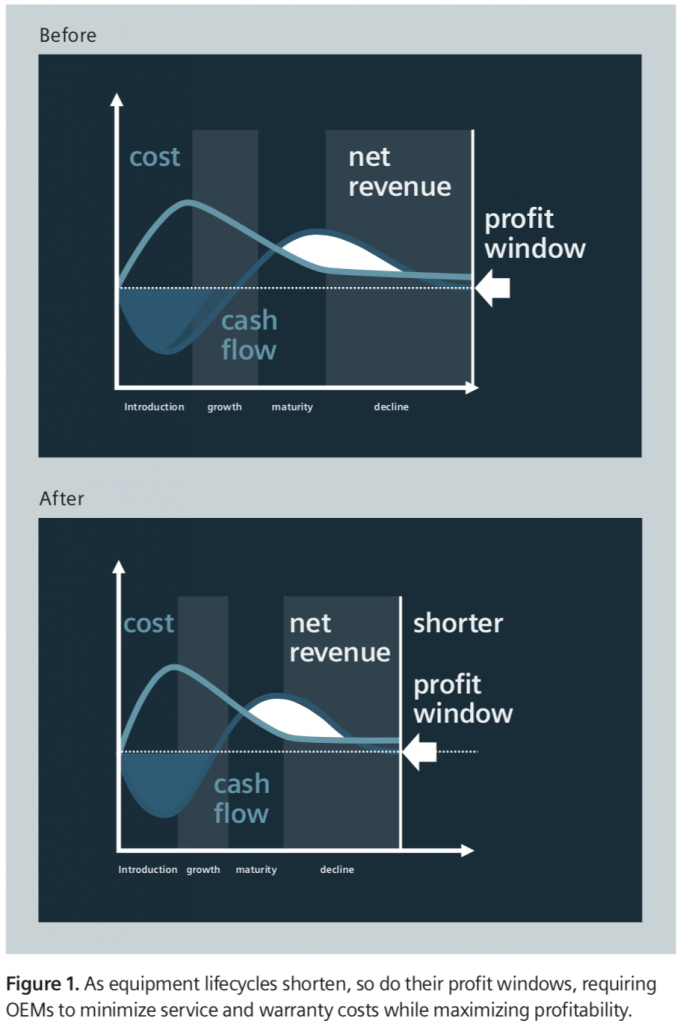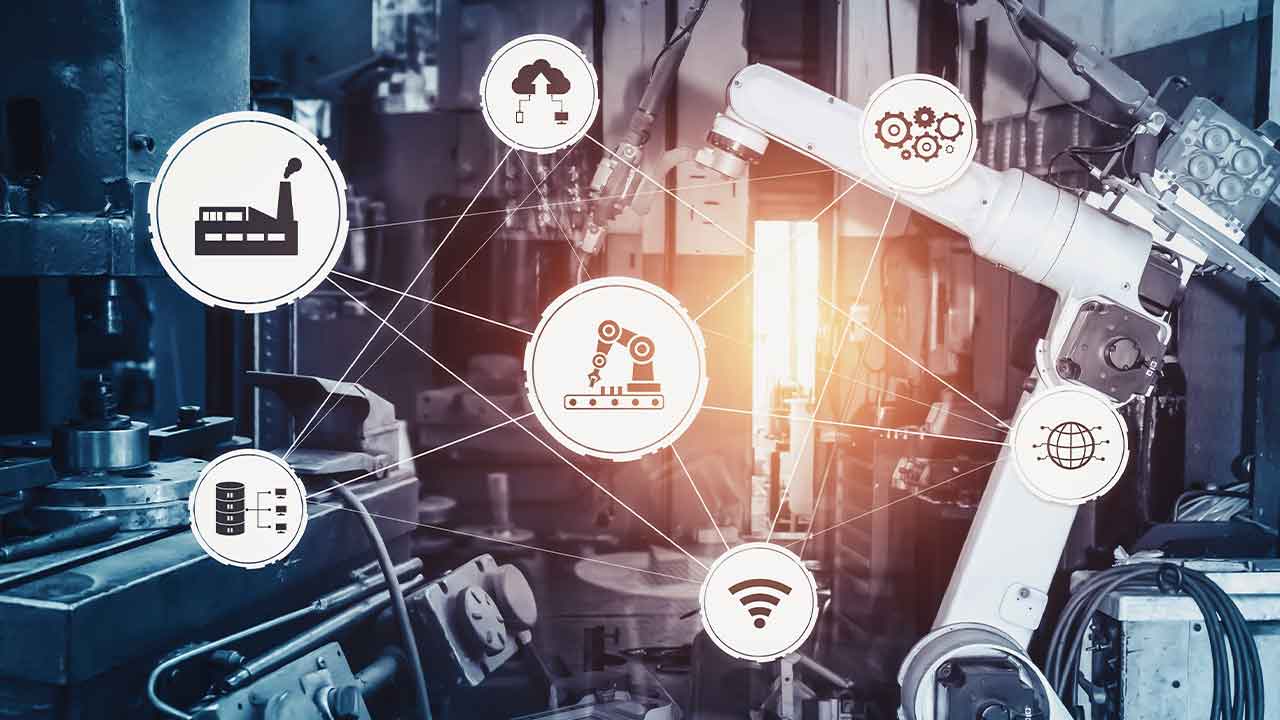How machine builders can use IIoT platforms to unleash new business models
By 2025, experts expect that the Industrial Internet of Things (IIoT) will provide a $4.6 trillion opportunity for the world’s industrial operations to upgrade and add value to the global economy. This reflects the trend toward digitization just about everywhere, thanks to technology advancements. For OEMs & machine builders, the digitization trend coincides with industry’s need to generate value from infrastructure — even aging ones — by making it data- and connectivity-ready. This article explores how OEMs can think expansively about building innovative solutions, even new services-led business models, to take advantage of cloud-based technologies.
Thinking differently — toward a dynamic, forward-looking vision
More and more, OEMs & machine builders are starting to face a fundamental and growing challenge to their business models: Equipment lifecycles are becoming increasingly compressed, resulting in shorter timeframes to capitalize on and profit from their products. Compounding that challenge is the task of keeping machine firmware and software fresh and secure, to help ensure their customers can utilize their equipment assets to the fullest extent possible. Figure 1 illustrates this phenomenon.

Most OEMs understand that their customers buy machines to accomplish a task. Draw oil from the ground. Drop an engine into a truck. Put soda in a bottle. And so on. What many don’t realize is the extent to which higher-level, data-driven software applications are — or could be — driving that task. Understanding this phenomenon is important to imagining how autonomous manufacturing will work.
For example, in an IIoT setting, manufacturing execution systems (MESs) may be getting their commands from enterprise resource planning (ERP) systems. These, in turn, could be receiving pre-set demand signals via an electronic data interchange (or a web app) that is tied into a retail chain’s ERP. The latter monitors unit sales at cash registers to know when more product will be needed on a particular store’s shelves.
This kind of demand-driven manufacturing can also be combined with mass customization scenarios, too. Consider how a truck might move down the assembly line, being built for a particular customer, perhaps an individual or a fleet owner. The robotic machine dropping in the engine can know whether that truck needs a six- or eight-cylinder motor under the hood and pull the right one from an automated guided vehicle that brought it from stock.
The point is, conventional OEM thinking sees a piece of equipment, even one as sophisticated as a multi-axis CNC (Computer Numerical Control) machine, as a standalone part of the industrial customer’s production landscape, with its inputs and outputs as part of a factory’s production flow.
In contrast, a forward-thinking OEM sees it as a means of providing outcomes that industrial operators use in their value-adding missions to serve customers better than their competition. After all, someone walking into a hardware store looking for a 1⁄4-inch drill bit isn’t really looking for a 1⁄4-inch diameter metal rod machined with a sharp, spiraled edge; they’re looking for the outcome of operating that drill bit: a 1⁄4-inch hole in whatever material they’re working with.
To succeed in a world heading toward autonomous manufacturing, OEMs must think differently, turning from a product-focused mindset to a user-centric one. As users, OEM customers prefer to minimize capital expenses in favor of operating expenses. They don’t want an air compressor; they want compressed air. Again, it’s the outcomes they want, not necessarily the means. That’s why forward thinkers will next consider how they can build more capability into their machines to support this user-centric perspective, and it usually involves taking advantage of the data that those machines generate.
How can OEMs do this? Through advanced analytics at the edge and in the cloud to help plant operators better manage variability — especially in mass customization scenarios.
To find out how OEMs can use MindSphere to benefit both their operations and those of their industrial customers, download this free whitepaper.
You will also learn about:
- How to modernize decades-old industrial infrastructure
- New opportunities via the cloud
- How to expand performance, scalability, visibility, and insights with MindSphere
- Ways to secure data and connectivity from most advanced threats
- The next step toward achieving a digital transformation
This article is an excerpt from a whitepaper written by Jagannath Rao, Senior Vice President, Cloud Application Services Siemens PLM Software, Inc. until October 2018.
By clicking above, I acknowledge and agree to IIoT World llc’s terms of Service and to IIoT World’s use of my contact information to communicate with me. In addition, I understand that my personal information will be shared with the sponsor of this resource.




